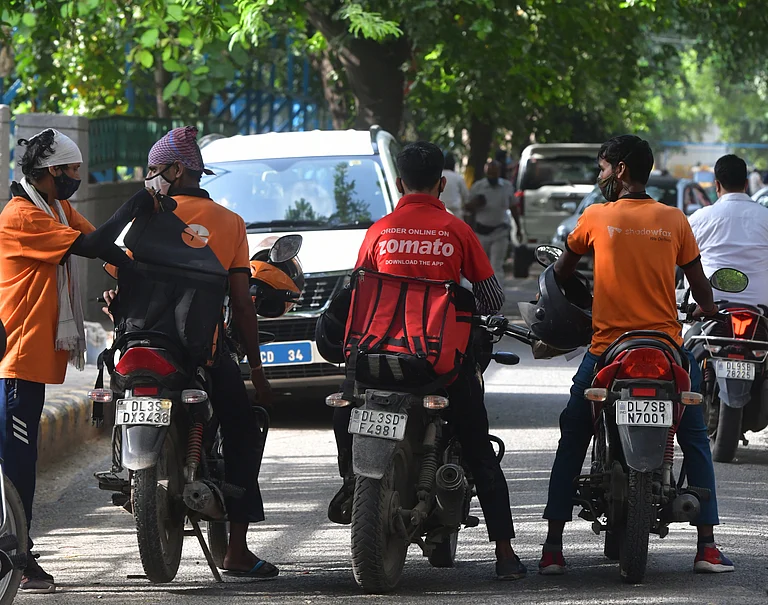Clearly, Marwah knows the police best, and his criticisms of their control and management are equally scathing. Those in intelligence shortchange their ‘customers’ by delivering their intelligence only to the PMO or some such useless body. Those high-minded officers who tackle militancy, irrespective of the danger or their ethnicity, are often brutally murdered. Three chilling examples: the assassination of IG Police, Mizoram, G.S. Arya, in a police station in 1975; the killing of DIG A.S. Atwal outside the Golden Temple, where his body lay for hours while the state government waited for permission from the ‘scheming’ Union home ministry to investigate it; and lastly, the killing of the SHO, Maisooma P.S., whose body also lay unclaimed until dumped into the police station by militants. These examples enable the reader to understand what Marwah is saying: that the system is ‘broken’.
This is an essential dividing line, because the greater part of the book describes how insurgency in many parts of India could be fought more effectively, if it was fought differently. The question therefore is: do we have effective mechanisms to fight militancy in Jammu & Kashmir, in the Northeast, in Andhra, Chhattisgarh, Orissa and Bihar or are our mechanisms broken and need fixing before trying anything different?
If there is a success story somewhere in the book, it is that of Mizoram, where the counter-insurgency campaign as well as the absorption of militant leader Laldenga into the parliamentary system is the high point of India’s counter-insurgency wars. In the rest of the Northeast, there aren’t enough good officials to prevent the department of northeast from siphoning off Rs 30,000 crore a year (Rs 10,000 per person), mostly before it reaches the people. This is astonishing, because Delhi has many retired bureaucrats, military officers and policemen with excellent service records in the Northeast (Marwah is one of them). So what was the problem? Was it parliamentary democracy that compelled the Centre to give the money to those elected, and then to intervene to save them if local officials objected to theft? The Maoist insurgency from ‘Pashupati to Tirupati’ is made understandable at last. There actually is an all-India Maoist organisation, with a politburo and a central military commission. They have a political strategy—to create an agrarian-based revolution around the cities, and a military strategy—attack the instruments of state, police and government. They want India itself—and opposing them we have men like the formidable Shivraj Patel and his many safari suits.
But levity aside, the broken mechanism argument keeps surfacing. The SP accompanying the 150-strong CRPF contingent ambushed in Singhbum in 2004 led the 800m dash away from the scene and was promoted for his political connections. Politicians come out poorly, like N.D. Tiwari, who diverted Rajiv Gandhi’s attention from the author’s damning description of the PAC massacre of Muslims in Meerut in 1987. Marwah is right in saying that counter-insurgency being left to a state is calamitous after the violence has become unmanageable.
A couple of omissions need explanation. One is the absence of the name of K.P.S. Gill in the Punjab narrative on violence. The Greyhounds saga was a most successful state initiative. Marwah has written what is the best overview of fighting terrorism and insurgency in independent India. The book is like his career: fearless and forthright.






















